Boot on an USB key from a virtual machine with VMware Workstation 16 or 15
- VMware
- 25 September 2020 at 09:16 UTC
-

- 2/2
3. Use the USB key as a physical hard drive
The second slightly more complex option is to use your USB key as a hard disk in your virtual machine.
So, you just have to change the boot order of the different hard drives from the BIOS of your virtual machine for it to work.
In addition, some bootable USB keys don't work using the previous technique. It depends on the live CDs and how they were made bootable.
Before you can use a USB drive as a virtual hard drive, you must shut down all of your virtual machines and close all windows of VMware Workstation.
Indeed, you will need the disk manager (or diskpart, if you know how to use it) to know what is the number of your USB key (for now).
However, VMware Workstation tends to freeze instantly as soon as virtual machines are running and you are trying to display disk management on the host PC.
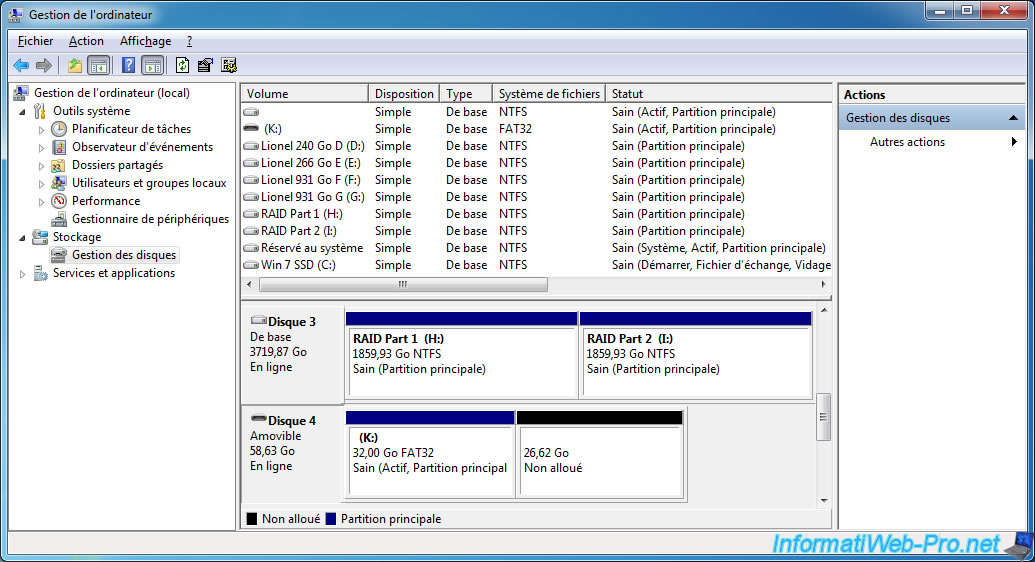
Once you know which number corresponds to your USB key, open a new window of VMware Workstation and go to the settings of your virtual machine.
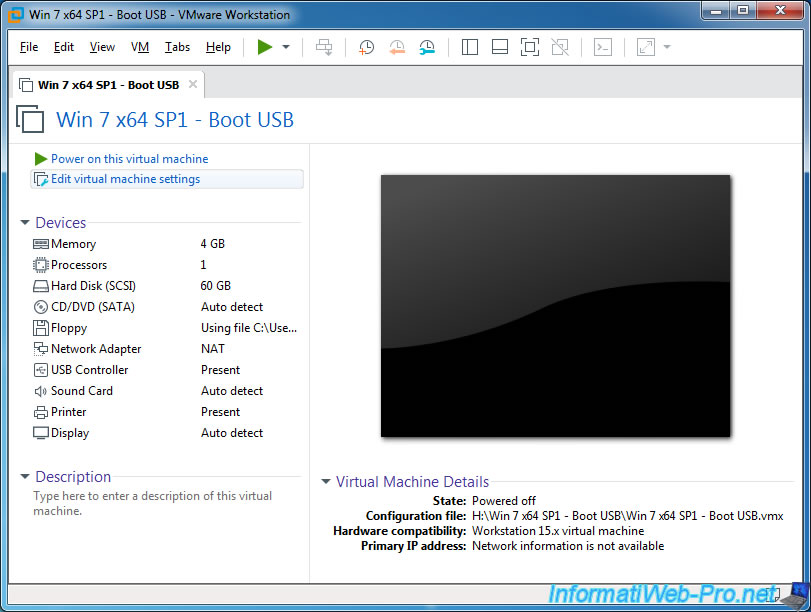
Click "Add" at the bottom of the list.
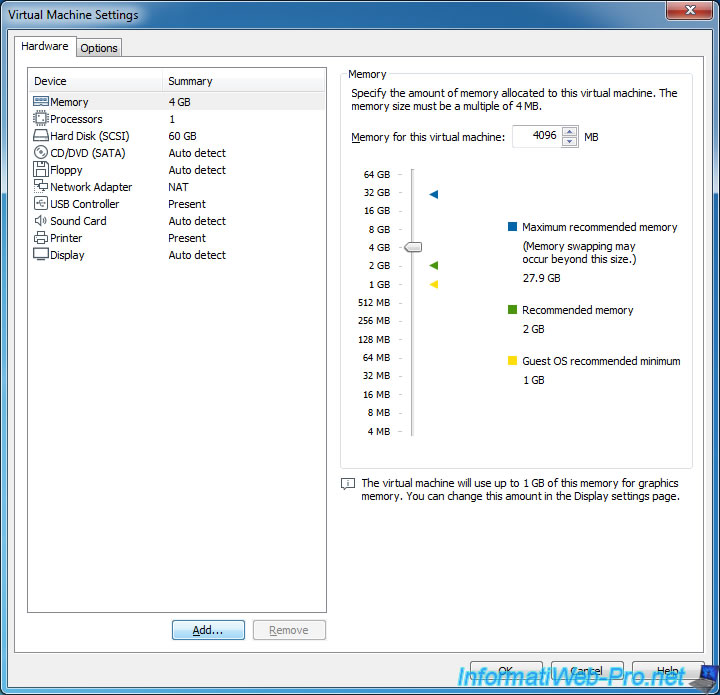
Choose : Hard Disk.
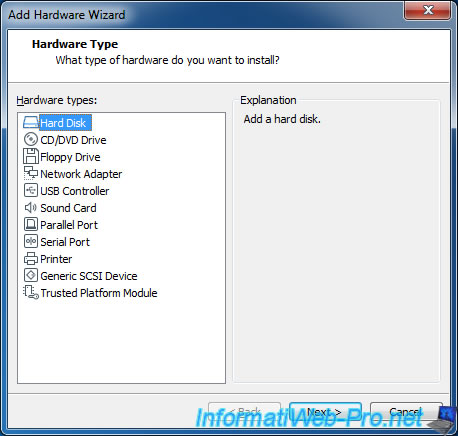
The virtual disk type doesn't matter.
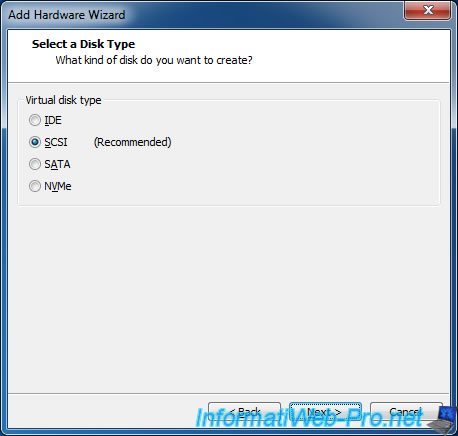
Select : Use a physical disk (for advanced users).
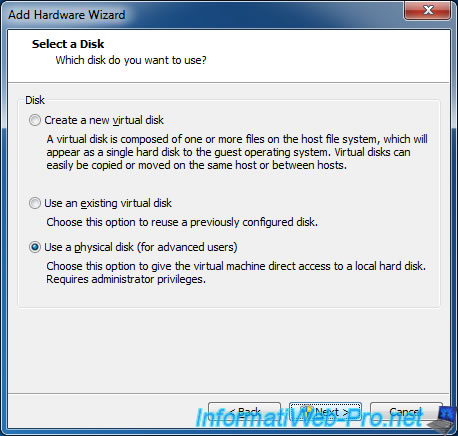
If VMware Workstation asks for administrator rights, click Yes.
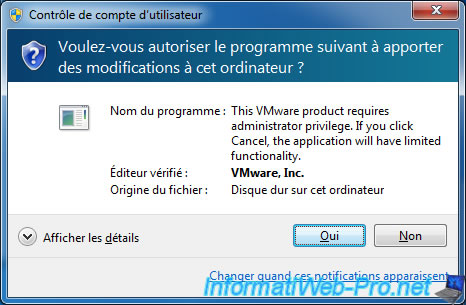
Since Windows 10, an error may appear due to a problem with access rights.
To resolve this issue, close VMware Workstation Pro and relaunch it as an administrator.
Source : Solved: Re: Insufficient permission to access file. (Windo... - VMware Technology Network VMTN.
Plain Text
Failed to load partitions for device \\.\PhysicalDrive0. Insufficient permission to access file.
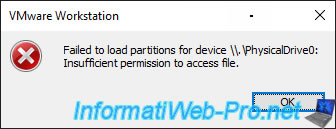
Select the "PhysicalDrive" option whose number corresponds to the number found previously from the disk management of the host PC.
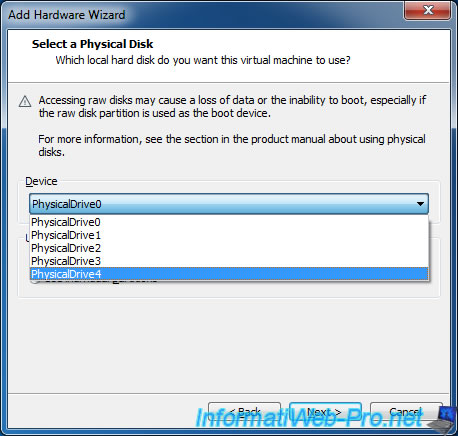
In our case, our USB key had number 4, so we selected "PhysicalDrive4".
For the "Usage" option, select "Use entire disk".
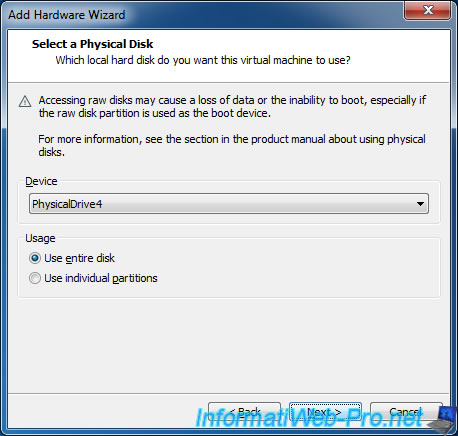
Indicate the name you want for the virtual hard disk corresponding to your USB key.
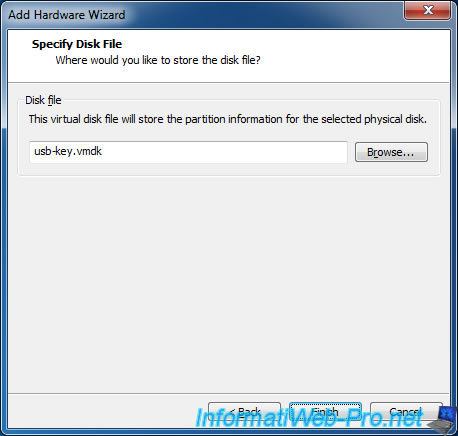
As you can see, this virtual hard disk corresponds to physical disk number 4 : \\.\PhysicalDrive4
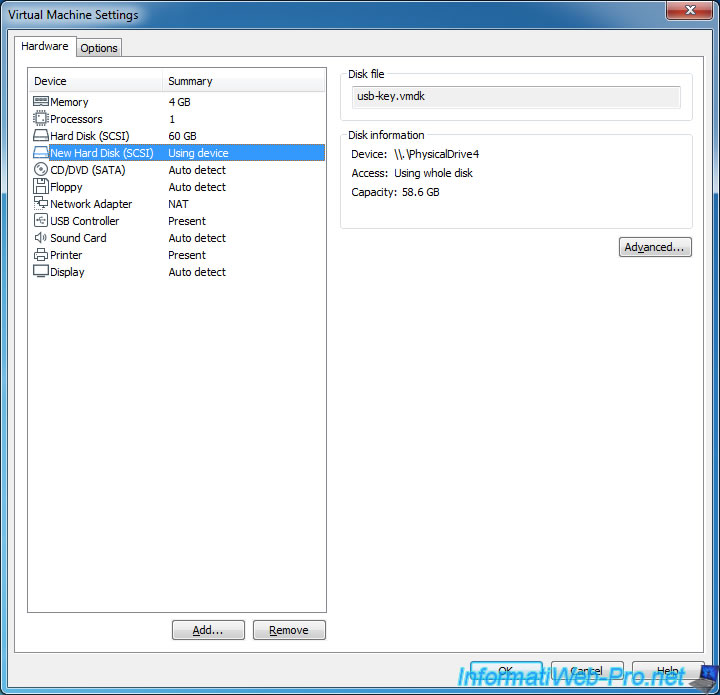
To know its position and thus to know which line you will have to change in the BIOS of the virtual machine, click on the "Advanced" button.
In our case, this is the SCSI 0:1.
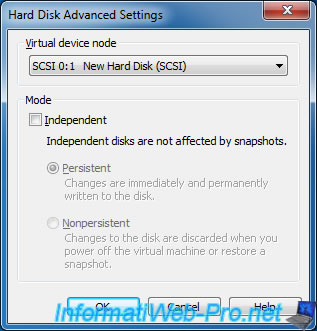
Boot your virtual machine on the BIOS by clicking on : VM -> Power -> Power On to Firmware.
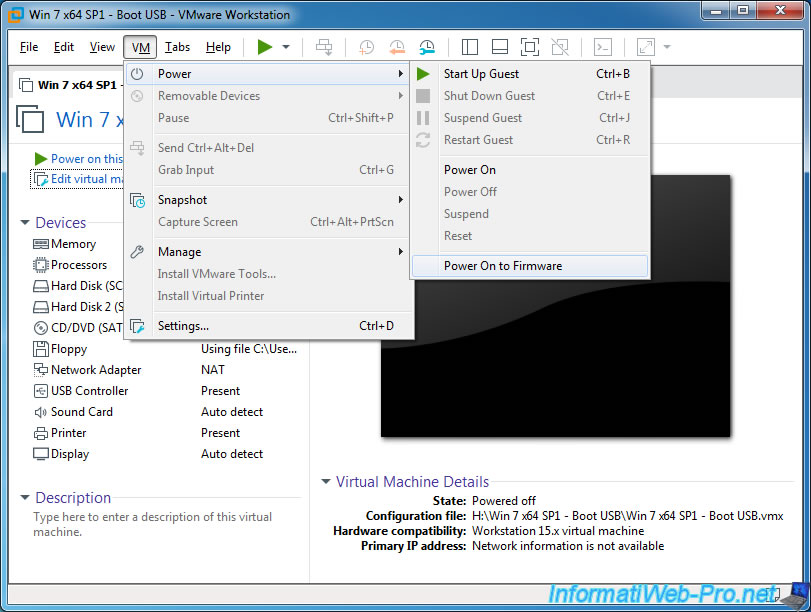
If a message "SCSI physical disk dual-boot performance is poor" appears, check the box "Do not show this hint again" and click OK.
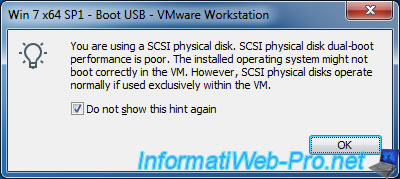
Then, in the "Boot" tab of the BIOS, move the device corresponding to your USB key upwards.
In our case, this is this device : VMware Virtual SCSI Hard Drive (0:1).
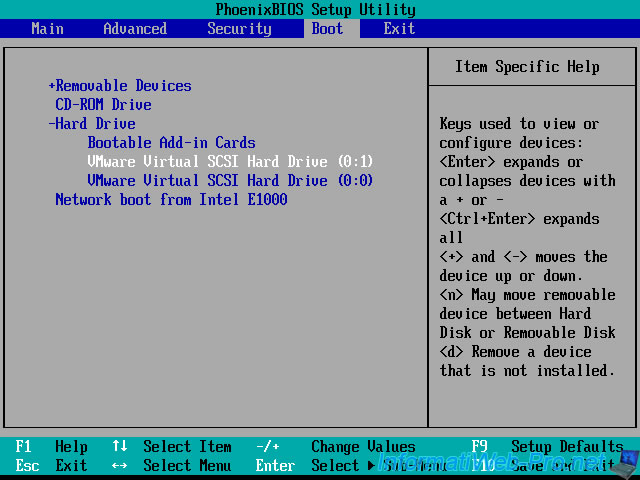
Then, press F10 to save the changes (as indicated at the bottom of the BIOS) and validate by pressing Enter.

Our virtual machine starts on our recovery drive (which is on our bootable USB key).
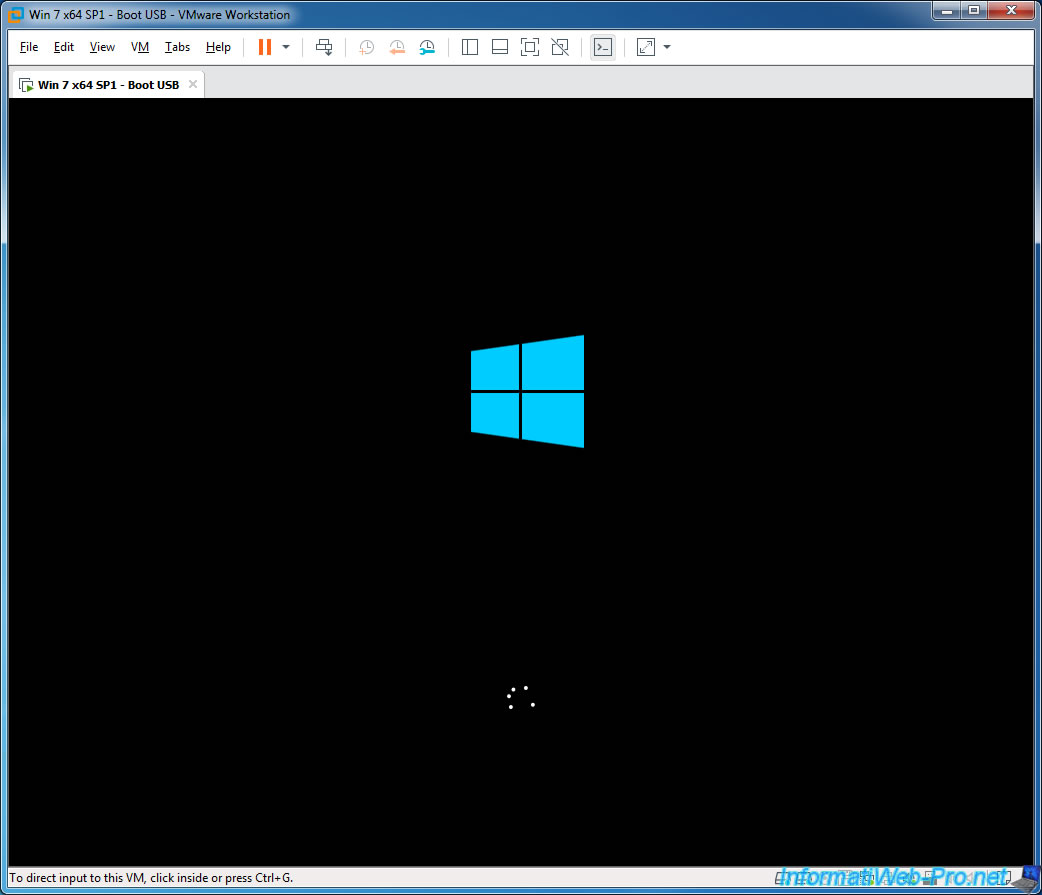
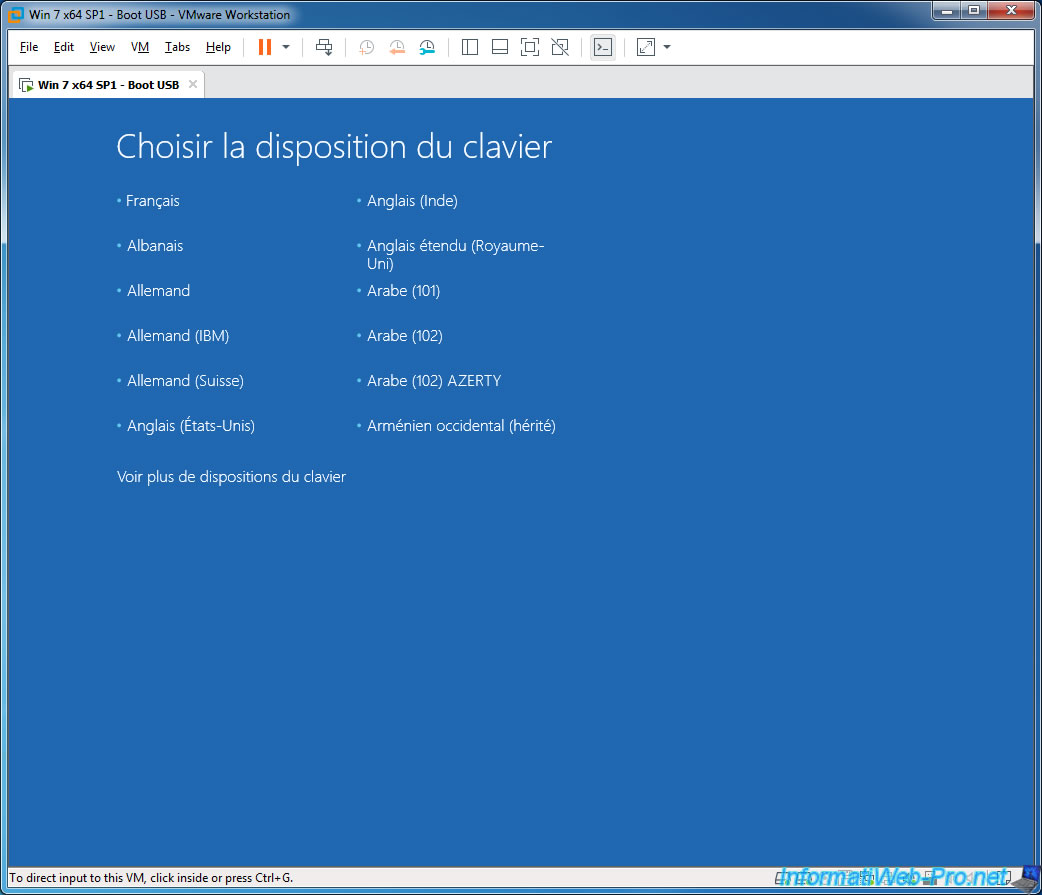
Share this tutorial
To see also
-
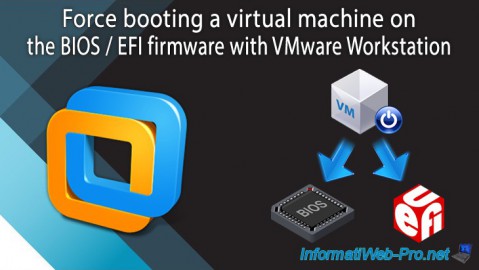
VMware 3/16/2013
VMware Workstation - Boot a VM on the BIOS / EFI firmware
-
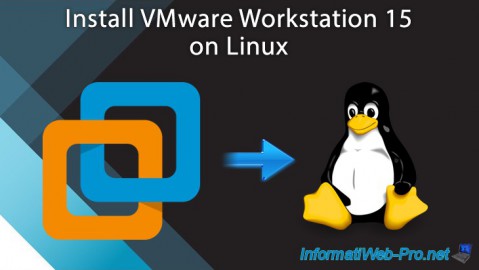
VMware 2/7/2020
VMware Workstation 15 - Installation on Linux
-
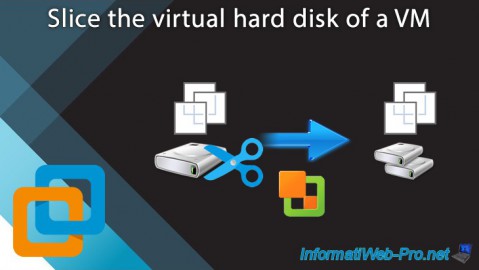
VMware 12/24/2021
VMware Workstation 15 - Slice the virtual hard disk of a VM
-
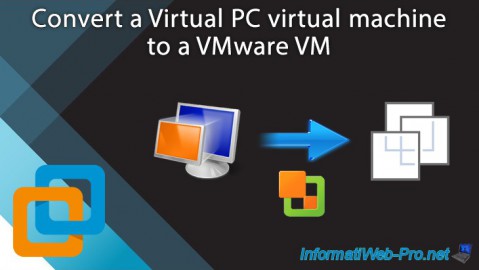
VMware 12/10/2021
VMware Workstation 15.5 - Convert a Virtual PC virtual machine to a VMware VM

No comment